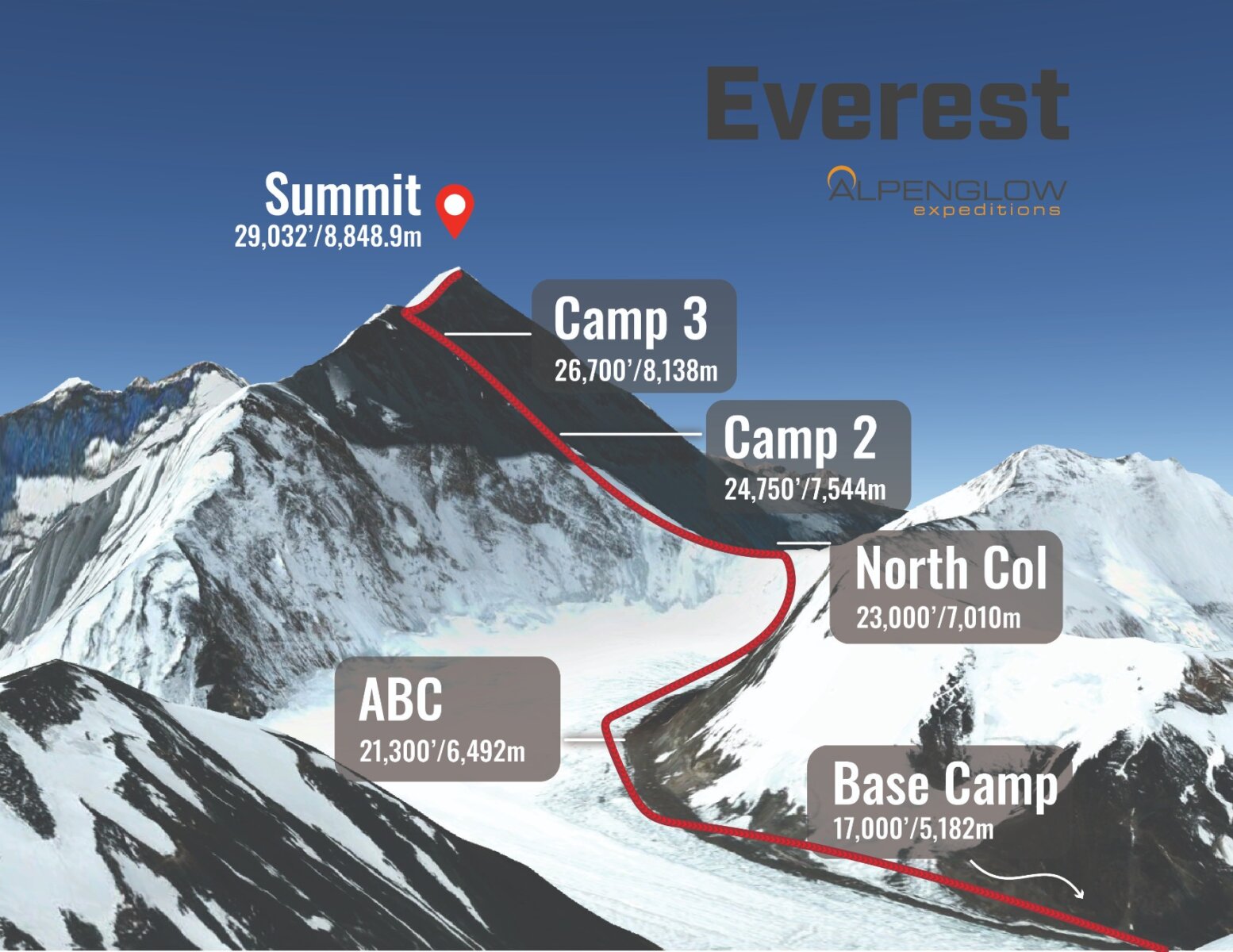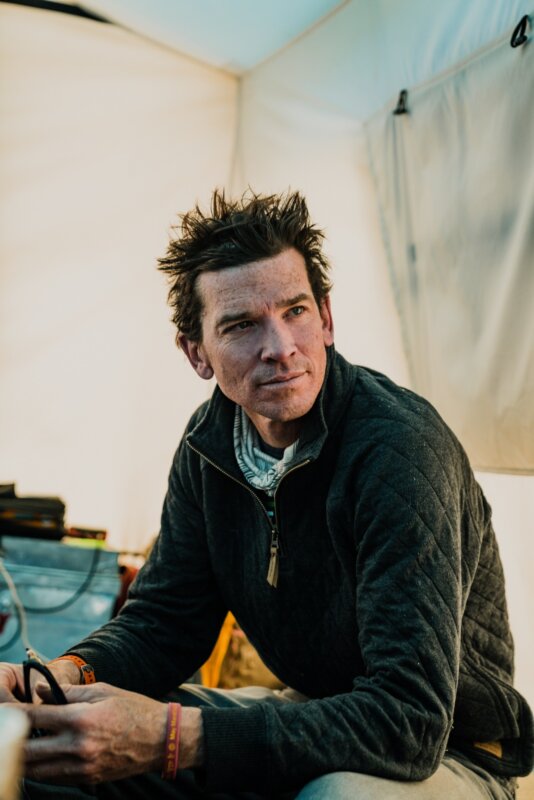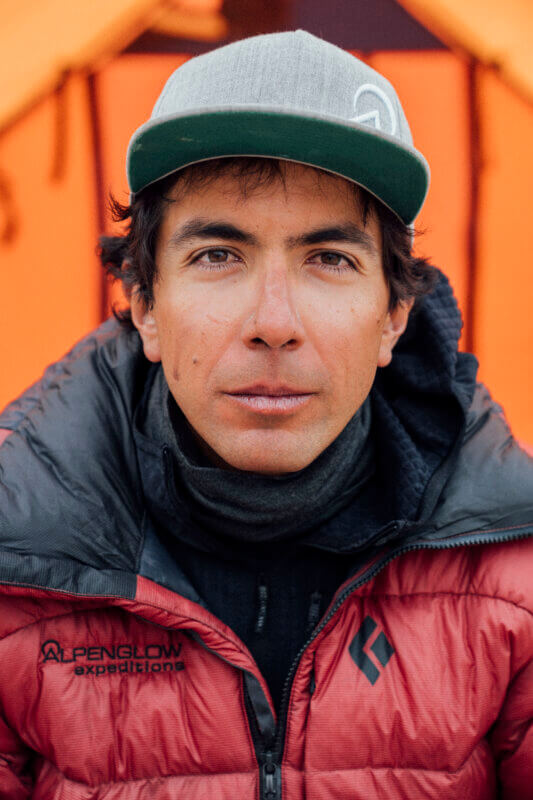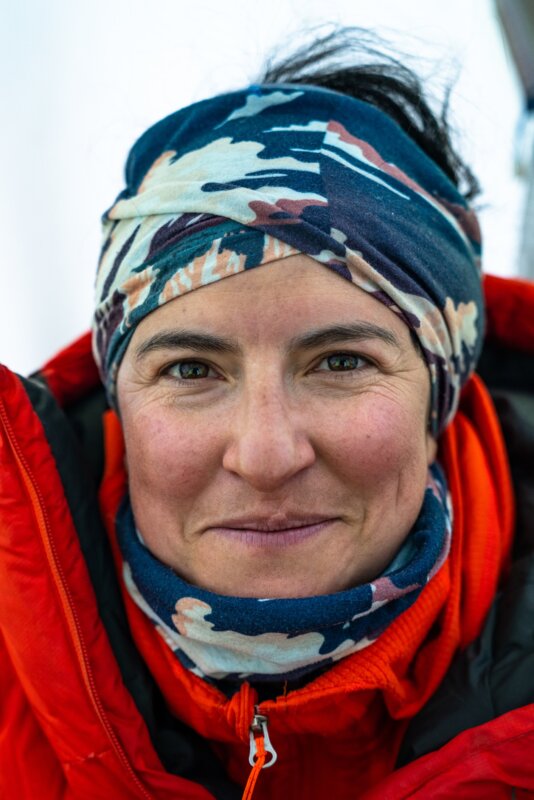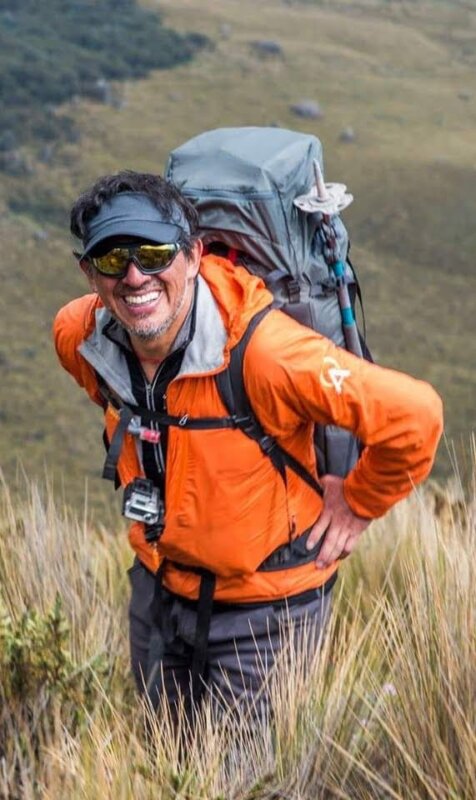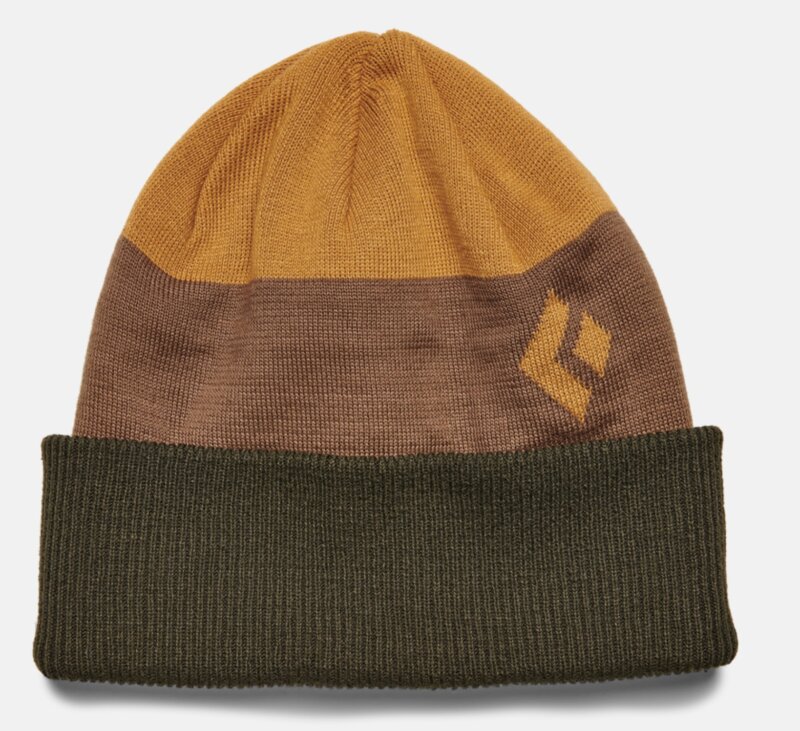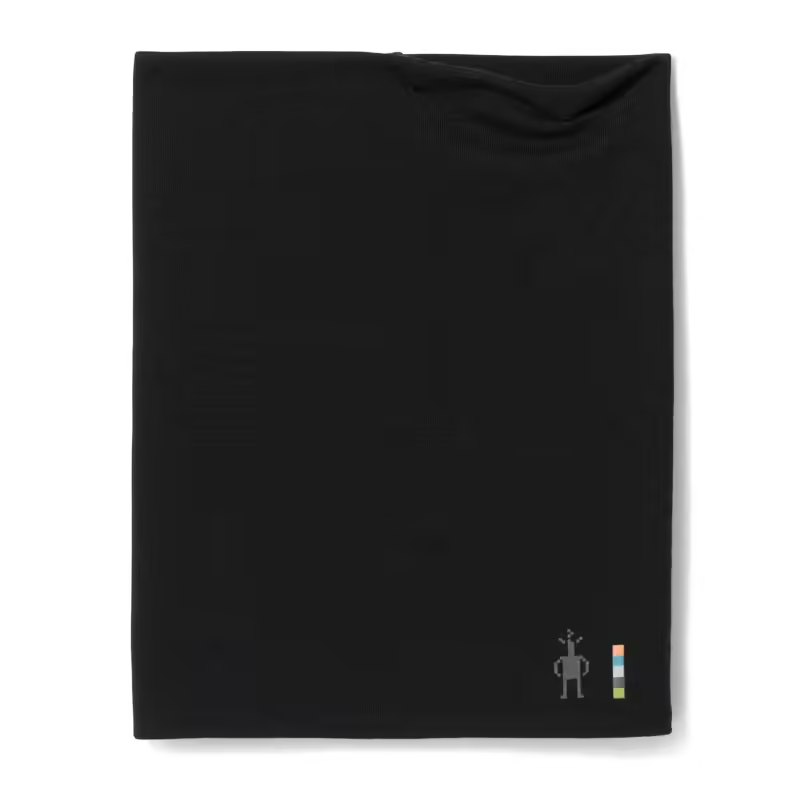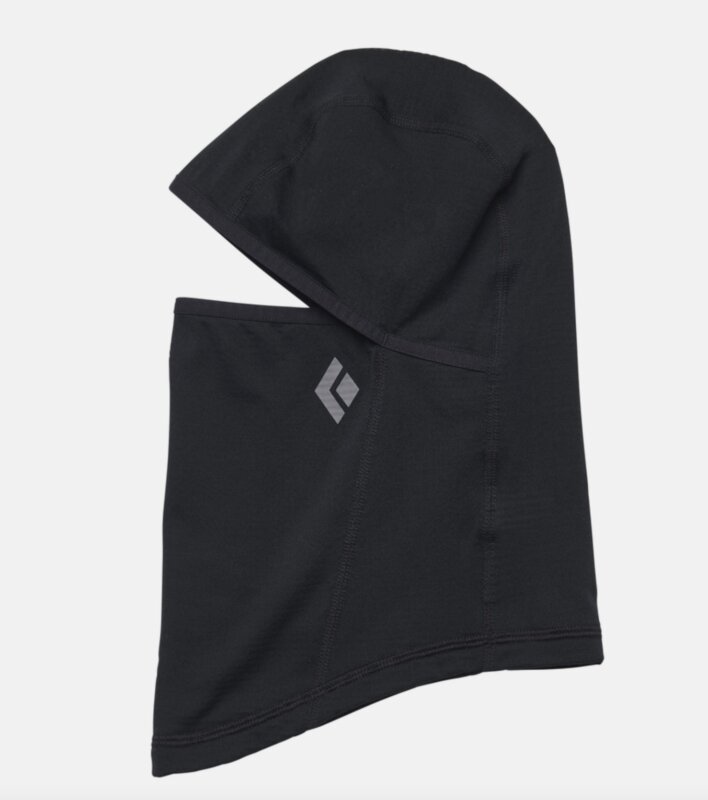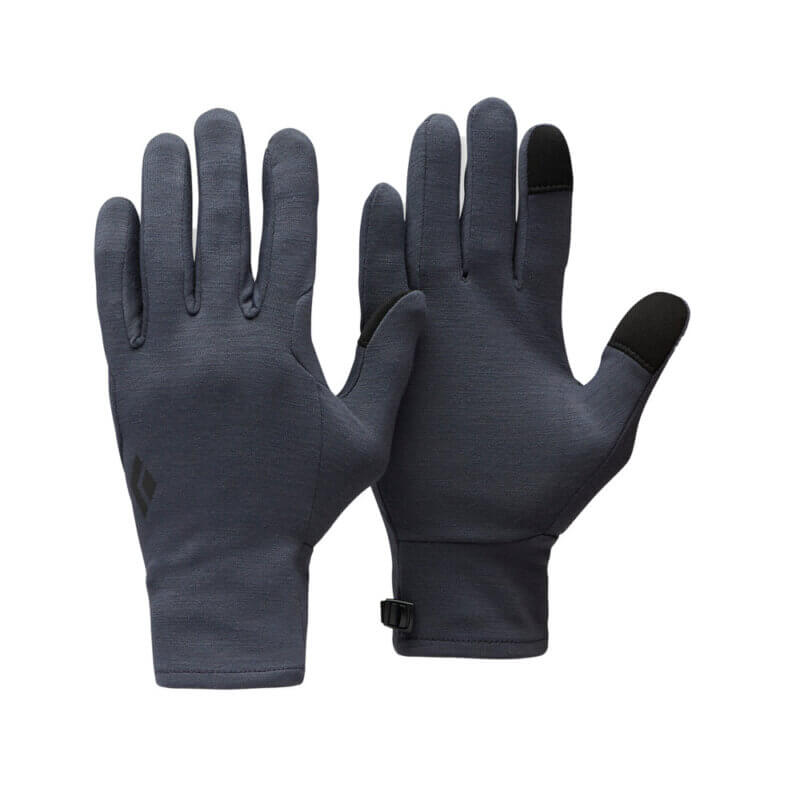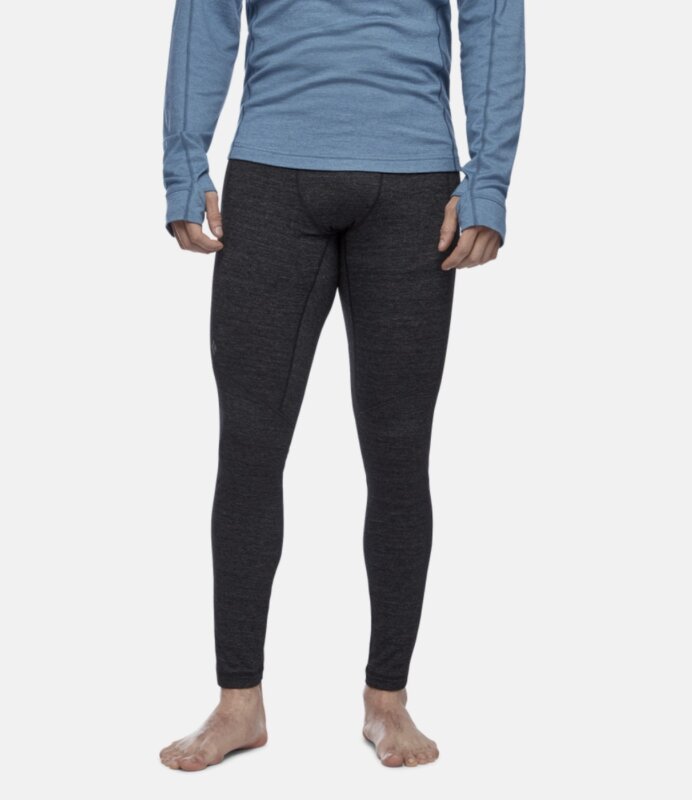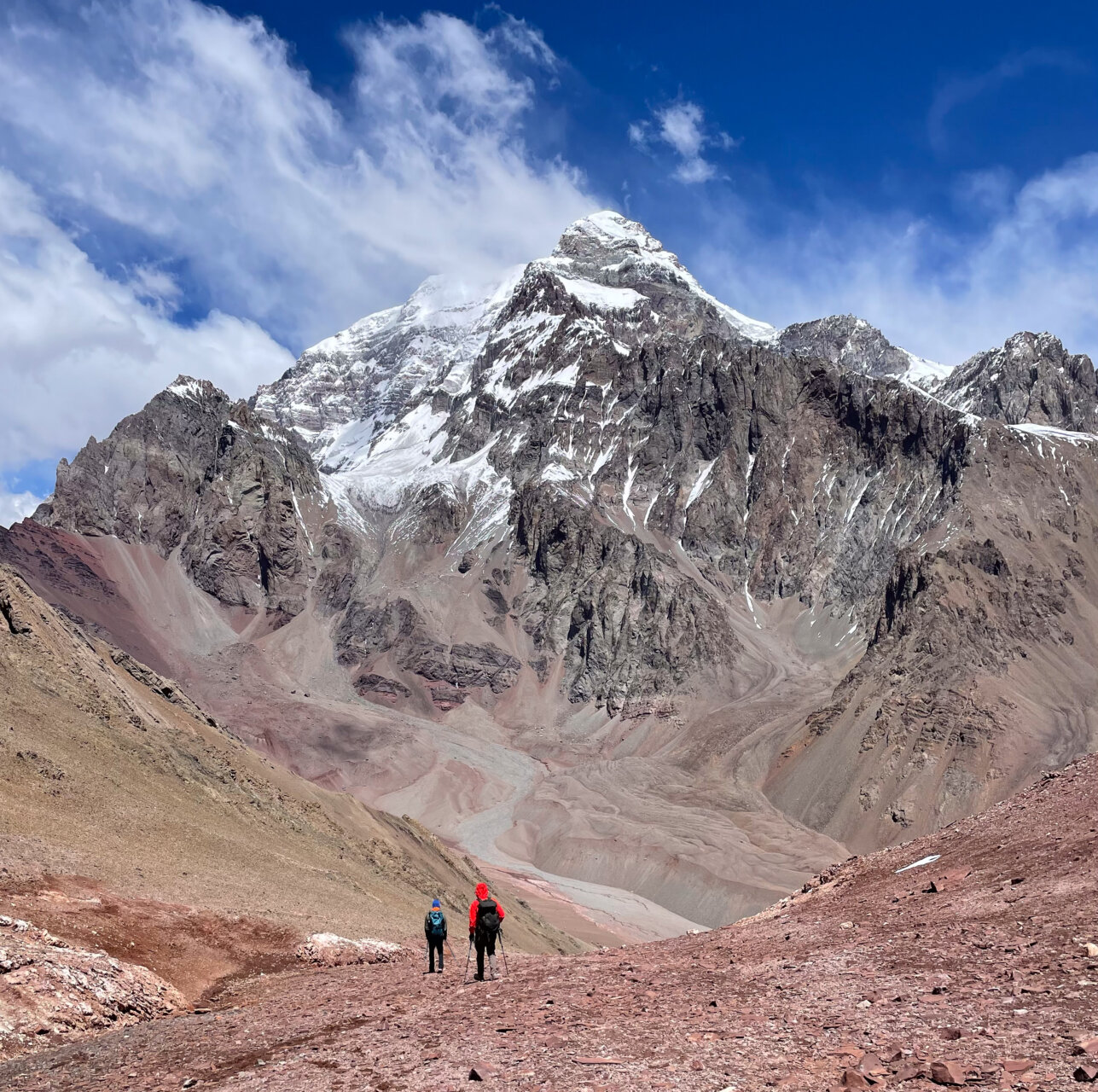Mount Everest Expedition
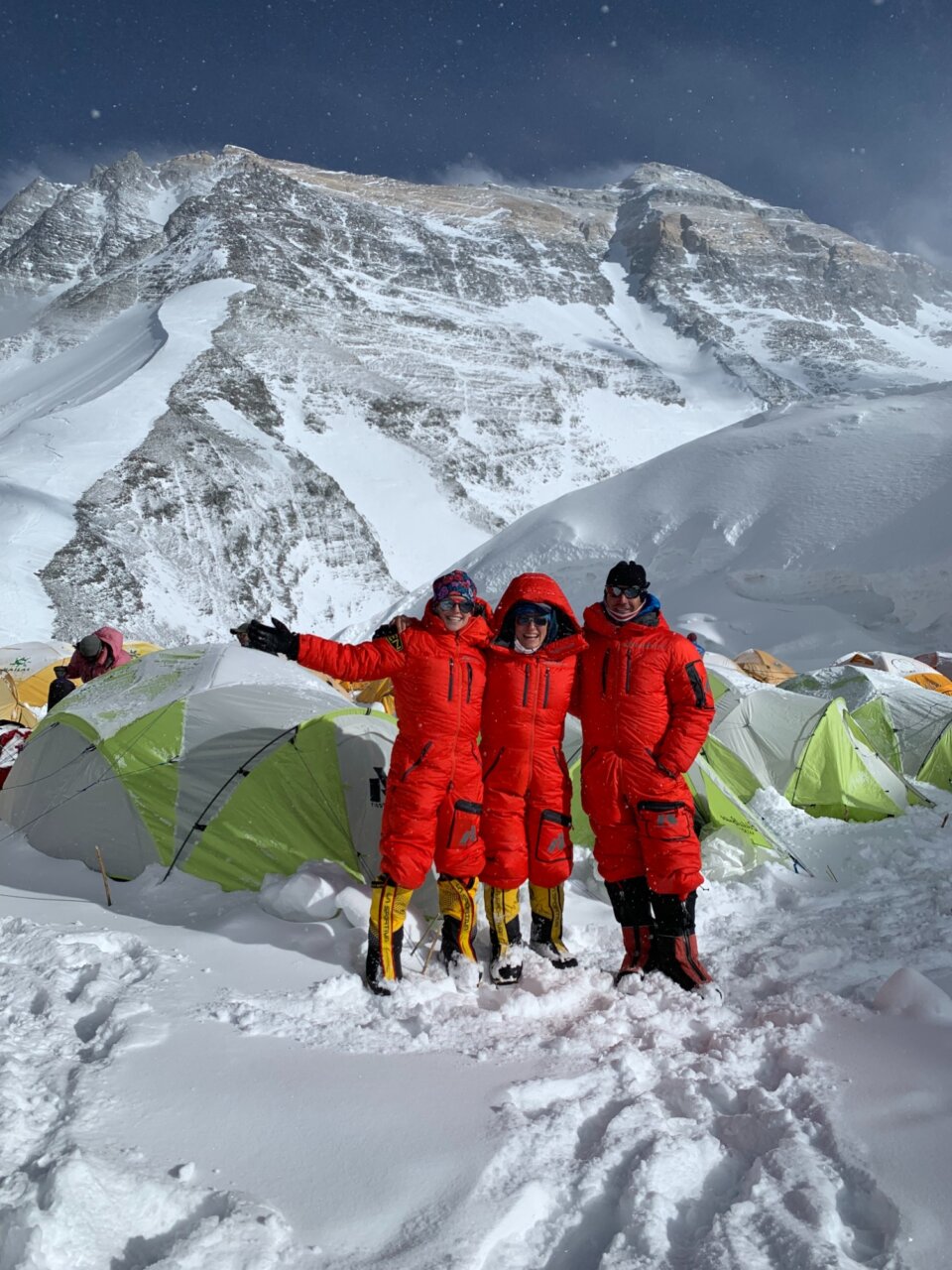
Mount Everest North Side Expedition
Summit the world’s tallest peak from the North Side – without the crowds or the risk of the South Side and Khumbu Icefall. Experience the unique culture, environment, and people of Tibet. Climb Everest in almost half of the time of traditional expeditions, with the North Side’s most professional team and best logistics.
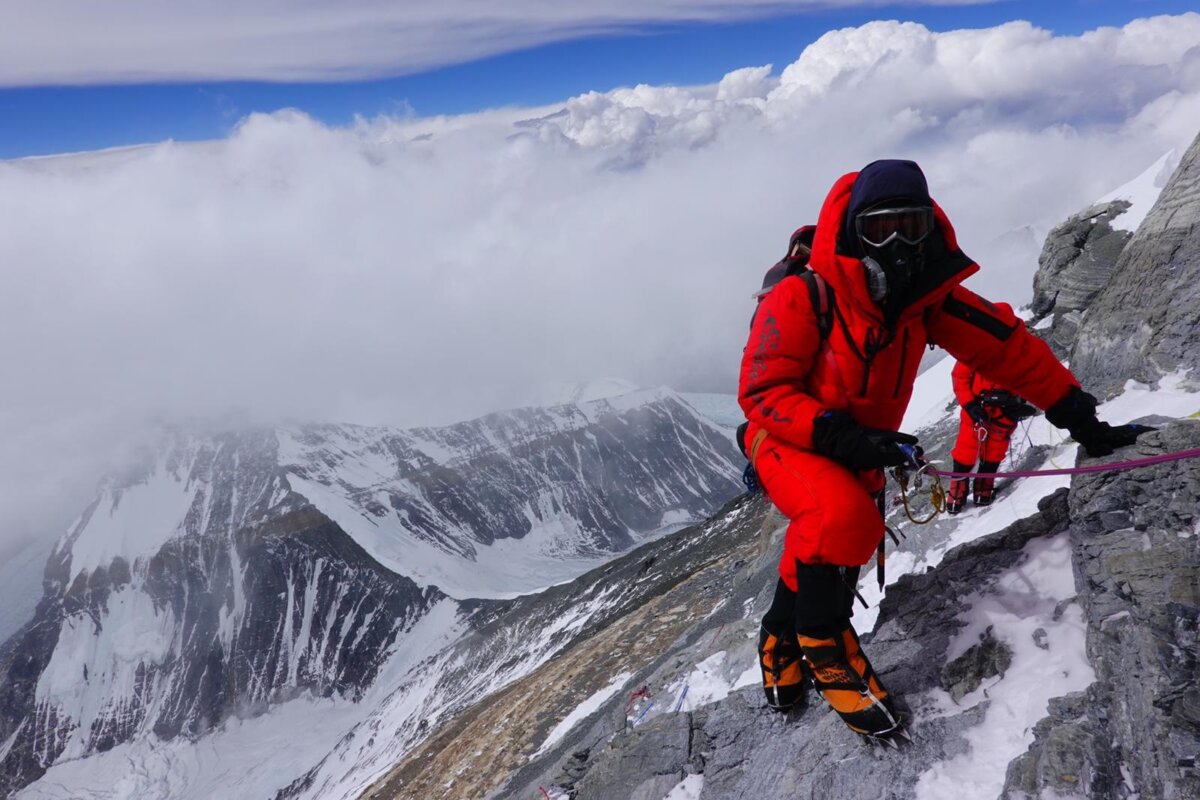
- Travel Day
Climbers fly into Chengdu, China, arriving by the evening. Arriving into either CTU or TFU airports are acceptable. CTU airport is closer to the hotel we’re staying at.
- Fly Chengdu to Lhasa
Fly by plane to Lhasa (12,000’/3,658m). These flights are usually in the morning, getting climbers to Lhasa mid-day. From the airport it is an hour drive into Lhasa, where we have a bit of time to walk around the old city, and enjoy a traditional Tibetan dinner.
- Visit the Potala Palace and Jokhang Monastery, drive to Shigatse
The Potala Palace, former home of the Dalai Lama, and ancient Jokhang Monastery, are two of Tibet’s most important cultural sites, and imperative to beginning to understand this unique place. After a morning exploring with our local guide, we drive a few hours along the now paved road to Everest, stopping for the night in Shigatse, and our simple but clean hotel.
- Drive from Shigatse to Shegar
From Shigatse, the drive takes you closer and closer to the massive mountains rising ahead. To aid in our acclimatization, the team will spend the night in Shegar. This small town is only a few hours from base camp and gives our bodies needed time to further acclimatize for the days and weeks ahead.
- Drive to Everest Base Camp
We will continue along the Tibetan Plateau until you begin to see views of Everest itself. From there you leave the main road and follow the valley to the Rongbuk Monastery. Built around numerous ancient meditation caves, the monastery serves as a sacred threshold to Mt Everest, and gives you the first head-on views of the peak. After exploring the monastery and lunch, you continue driving into our base camp, where we settle in.
- Rest Day
Our camp offers excellent food, comfortable tents, and important amenities (heated dining tents, electricity, etc.). We allow our bodies to continue their acclimatization, and spend the day organizing equipment and logistics.
- Active Rest Day
Today we do an acclimatization hike above camp, returning in time for lunch and rest before tomorrow’s move.
- Fixed Rope Practice
Today you will review the equipment and skills needed for moving over the technical ground that will be found higher on the mountain.This fixed line training day is an important step on your journey, and is great for getting to know your guides and teammates.
- Acclimatization Hike
After several days in BC, you are ready to push a little higher and longer out of camp. Acclimatization hikes vary, but a solid half-day and a couple thousand vertical feet under your belt does wonders for acclimatization.
- Rest Day
One final rest day will complete your initial acclimatization in base camp.
- BC to Interim Camp
We split the move to Advanced Base Camp in two, today moving 6 miles to Interim Camp. While this camp is simple, you will still enjoy comfortable sleeping, dining, and excellent food. The location is incredible, surrounded by penitentes (ice towers) and moraines.
- Interim to Advanced Base Camp
Six miles of hiking along the moraine and glacier bring us to Advanced Base Camp, our home on the side of the East Rongbuk Glacier. This camp, our main one for the duration of the expedition, is established with as much comfort as possible to balance life in the harsh environment.
- Rest Days
Our bodies need time to acclimatize to over 21,000 feet. We utilize the days re-visiting required fixed rope and climbing skills, taking short acclimatization hikes, and eating and resting in our impressive camp.
- Acclimtization Hike
Today you will push up to the head of the East Rongbuk glacier and the start of the technical climbing. This acclimatization hike delivers absolutely stunning views of the Northeast Face of Everest and across to the beautiful Lhakpa Ri.
- Rest Day
Again, a day of rest aids our body in acclimatization
- ABC to North Col
A 4-6 hour climb takes us from the edge of the East Rongbuk Glacier up progressively steepening snow slopes. The 2,000 foot climb is an excellent time to focus on crampon efficiency and fixed rope technique, and arriving at the North Col is hard-earned.
- Descend to ABC
We descend quickly via rappels and arm-wrapping back to our camp on the side of the glacier. Our bodies will need rest, but now feel strong and able to recover at Advanced Base Camp.
- Early Summit Window’s
Depending on whether we have an early or late summit window, two different itineraries are possible. This itinerary reflects the early summit window
- Rest in ABC
Now that you have spent a significant amount of time acclimatizing, it’s possible to actually rest and recover at the altitudes of ABC. You and your team will spend 2 days resting, eating, hydrating and prepping for the summit push.
- Climb to North Col
Today you start your summit push. Weeks of work have prepared your mind and body for the extreme environment found above, it’s time to put yourself to the test. Retracing your steps from the previous days, you hike along the East Rongbuk and up the snow and ice slopes to the North Col. You will use supplementary oxygen for the first time at the North Col, .5 liter flow will help you sleep and wake up ready to move higher.
- Climb to Camp 2
The climb to Camp 2 follows a wide ribbon of snow along the ridge, with the massive North and Northeast faces flanking you on either side. The path to the summit now seems tantalizingly close, but you must move slowly and take your time. We are now entering the world of extreme altitude.
- Climb to Camp 3
Passing through the mythical line marking 8,000m/ 26,200 feet, you climb higher still. Now predominantly climbing through rock, C3 is perched on a feature directly below the “exit cracks”, which guard access to the upper North Ridge. C3 is located higher than most mountains on earth, the views are both beautiful and far- reaching. Tomorrow is “the big day”, you will get into your tent early and eat, rest and hydrate in preparation for the arduous task ahead.
- Summit Bid
Today is the day that you will put your years of training and preparation to the ultimate test. Waking in the middle of the night, your route finds you winding up through the exit cracks and onto the upper North Ridge. There are 3 steep rock steps to negotiate, and the exposure builds and there is now ten thousand feet of relief on either side of the narrow summit ridge. After passing the difficulties of the third step, the summit prayer flags are visible and the path is straightforward.
- Descend to ABC
Finishing the descent of the mountain proper, the ABC team will welcome you with hot food, drinks and showers.
- Extra Days
These extra days can be used in case the team, the weather or other variables require additional time to make a summit push. We’ve seen early and late weather windows that are suitable for a summit push, these extra days gives us flexibility in the planning of our summit push.
- Descend to BC
Today you will say goodbye to much of the mountain staff and make the long walk down to base camp. Leaving behind the world of ice and glaciers, the thick air of base camp will feel like a luxury!
- Rest and Celebrate
A relaxed morning will give way to a busy day celebrating, packing and getting ready for your journey home. Tonight marks the end of the expedition, you and your team will gather around the dinner table and hold a final celebration meal to close out your time spent in Tibet.
- Drive to Shigatse
Waking early, it’s time to leave the mountain. An all day drive will bring you back to Shigatse, the massive form of Everest and the other Himalayan giants slowly fading in your rearview mirror.
- Fly to Chengdu
Your morning flight to Chengdu arrives midday, most team members will choose to catch their international flights home that evening. You can elect to arrange an extra hotel night in Chengdu and fly home the next morning.
- Late Summit Window
Depending on whether we have an early or late summit window, two different itineraries are possible. The early & late summit window itineraries are the same up until Day 17. The following itinerary is for the possibility of a late summit window
- Descend to EBC
There are a variety of reasons that we might want to delay our summit bid, be it that our climbers need additional rest or we’re waiting for a better weather window. If we decide to opt for the “Late Summit Window” itinerary, today we’ll cover a lot of ground descending from ABC back to Everest Base Camp to recharge at lower altitude for a few days.
- Rest
We’ll spend a few days resting and recuperating down at the “low” altitude of 17,000’. Sleeping will be easier and we’ll have access to excellent food down at Base Camp.
- Climb to Interim Camp
After a few days of fantastic rest at base camp, hopefully we have an opportunity for a better summit window. Today it’s time to start moving up again. We split the move to Advanced Base Camp in two, moving 6 miles to Interim Camp. While this camp is simple, you will still enjoy comfortable sleeping, dining, and excellent food. The location is incredible, surrounded by penitentes (ice towers) and moraines.
Six miles of hiking along the moraine and glacier bring you to back to Advanced Base Camp, our familiar “home” for the duration of the expedition. It’s nice to be back at elevation with an expansive view of the entire North Ridge, rising from the East Rongbuk all the way to the lofty summit, almost eight thousand feet above.
- Rest in ABC
Now that you have acclimatized thoroughly, it’s possible to actually rest and recover at the altitudes of ABC. Today you and your team will spend the day resting, eating, hydrating and prepping for the summit push.
- Climb to North Col
Today you start your summit push. Weeks of work have prepared your mind and body for the extreme environment found above, it’s time to put yourself to the test. Retracing your steps from the previous days, you hike along the East Rongbuk and up the snow and ice slopes to the North Col. You will use supplementary oxygen for the first time at the North Col, 0.5 liter flow will help you sleep and wake up ready to move higher.
- Climb to C2
The climb to Camp 2 follows a wide ribbon of snow along the ridge, with the massive North and Northeast faces flanking you on either side. The path to the summit now seems tantalizingly close, but you must move slowly and take your time. We are now entering the world of extreme altitude.
- Climb to C3
Passing through the mythical line marking 26,200 feet/8,000m you climb higher still. Now predominantly climbing through rock, C3 is perched on a feature directly below the “exit cracks”, which guard access to the upper North Ridge. C3 is located higher than most mountains on earth, the views are both beautiful and far-reaching. Tomorrow is “the big day”, you will get into your tent early and eat, rest and hydrate in preparation for the arduous task ahead.
- Summit Day
Today is the day that you will put your years of training and preparation to the ultimate test. Waking in the middle of the night, your route finds you winding up through the exit cracks and onto the upper North Ridge. There are 3 steep rock steps to negotiate, and the exposure builds and there is now ten thousand feet of relief on either side of the narrow summit ridge. After passing the difficulties of the third step, the summit prayer flags are visible and the path is straightforward. While the experience of summiting Everest is different for every climber lucky enough to attain that rarified air, one thing is certain: You will never forget those few moments spent standing on the roof of the world. The way down is long and challenging, you will descend all the way down to the North Col, reversing the difficulties of the steps and slowly drifting into the thicker and thicker air of the lower mountain. If you and your team are particularly motivated, it is possible to descend all the way to ABC.
- Descend to ABC
Finishing the descent of the mountain proper, the ABC team will welcome you with hot food, drinks and showers.
- Extra Days
- Descend to EBC
Today you will say goodbye to much of the mountain staff and make the long walk down to base camp. Leaving behind the world of ice and glaciers, the thick air of base camp will feel like a luxury!
- Rest and Celebrate
A relaxed morning will give way to a busy day celebrating, packing and getting ready for your journey home. Tonight marks the end of the expedition, you and your team will gather around the dinner table and hold a final celebration meal to close out your time spent in Tibet.
- Travel Day to Shigatse
Waking early, it’s time to leave the mountain. An all day drive will bring you back to Shigatse, the massive form of Everest and the other Himalayan giants slowly fading in your rear view mirror.
- Fly to Chengdu, Depart
Your morning flight to Chengdu arrives midday, most team members will choose to catch their international flights home that evening. You can also stay another night in Chengdu and fly home the next morning.

